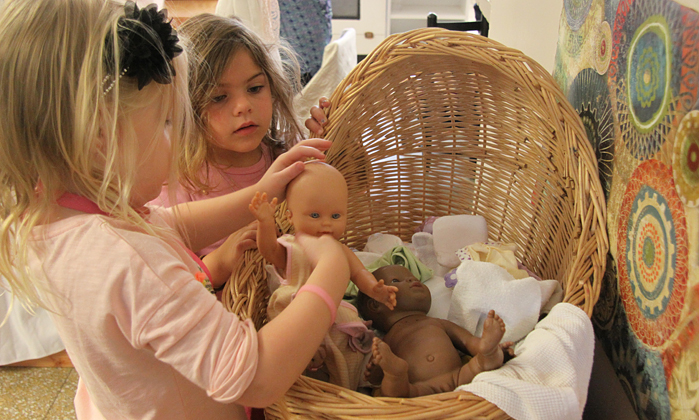Children need to develop an understanding of family: how they are structured, their function, and the roles of family members. Responsibility to family and society that each child must assume as an adult is part of the understanding that begins in childhood perceptions. Many issues affecting family life such as divorce, stepfamilies, adoption, single parent families, bi-racial families, or LGBTQ families may be discussed as they are introduced, through sharing of the children’s personal experiences or through literature. Every family is recognized as an important social unit regardless of its composition. Children’s understanding is enriched when they are exposed to the similarities in diversity as well as learning to accept and tolerate the differences among us.
The concept of loss through the death of pets and family members is also introduced through literature and discussion, when suitable for the age and group. Aging and the legacy of older family members is also included here. When pets die at school children are encouraged to respond both intellectually, as well as emotionally, on whatever level they choose. Children are never forced to participate, however. Burials provide opportunity for response, participation and closure. As children learn how to deal with small doses of loss they become more resilient when faced with future losses of greater magnitude. Books used most often are The Dead Bird (all ages), The Tenth Good Thing About Barney, and Nana Upstairs, Nana Downstairs (4’s and up).



